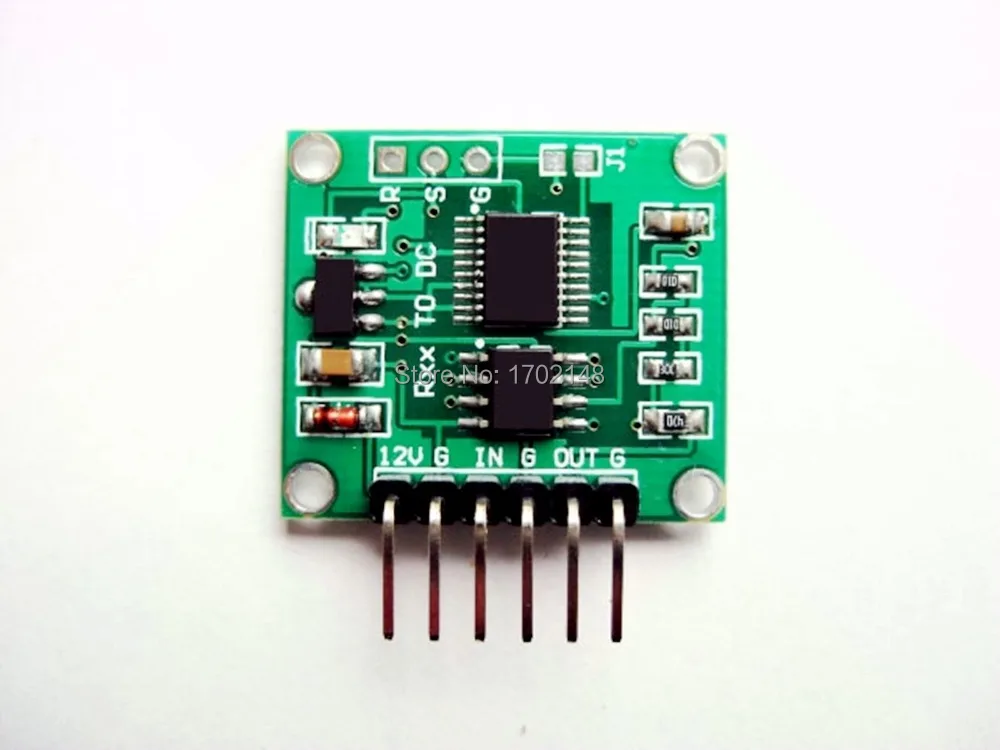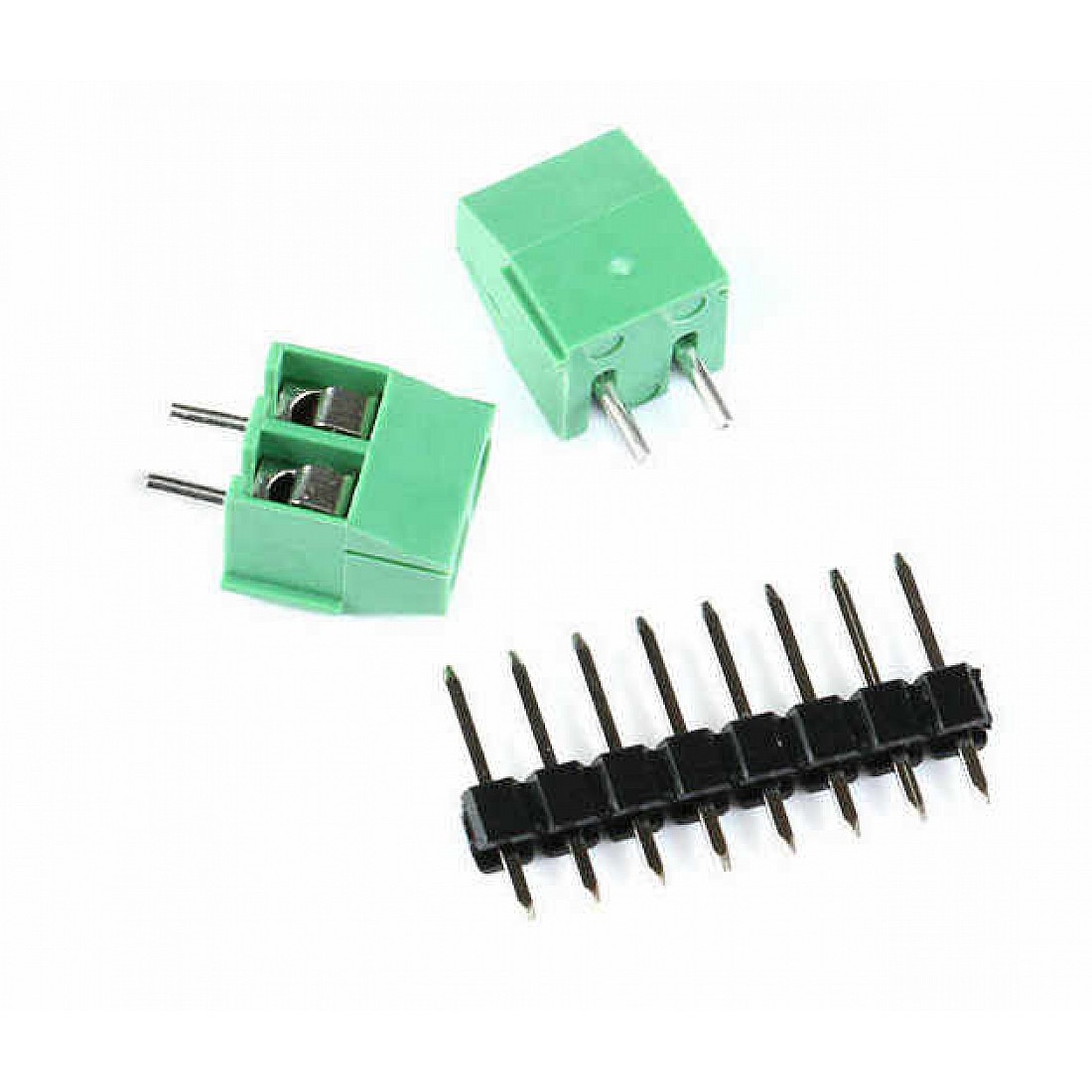

- #VOLTAGE TO TEMPERATURE CONVERSION INSTALL#
- #VOLTAGE TO TEMPERATURE CONVERSION DRIVER#
- #VOLTAGE TO TEMPERATURE CONVERSION SERIES#
Moreover, note that Figures 3 and 4 depict hypothetical voltage drift characteristics. Therefore, we need to consider the design requirements carefully to avoid overdesigning. The lower the drift, the more costly the product will be. Hence, if a particular application mandates keeping the absolute value below half LSB, we can simply choose a voltage reference that keeps the variation below ¼ LSB. However, depending on the voltage drift characteristics of a given device, the absolute value can be somewhere between V FS - 0.5 LSB to V FS + 0.5 LSB. This case is similar to that depicted in Figure 4.Īs you can see, a tempco of 4.88 ppm/☌ guarantees that the variation is less than half LSB (regardless of the shape of the variations).


What can we conclude about the absolute value of the reference voltage? We can consider two extreme cases: With a tempco of 4.88 ppm/☌, we know that the total variation of the reference voltage is less than half LSB. For the above calculation, we only aimed to satisfy one condition: Keeping the total variation of the reference voltage below half LSB. Hence, we need a voltage reference with tempco less than 4.88 ppm/☌.

The common method (definition) is called “Box method” that uses the following equation: The temperature coefficient (or temperature drift) of a voltage reference is the specification that characterizes the temperature-induced errors of the output. The nominal output voltage is 5 V but, as you can see, it’s not 100% independent of temperature.įigure 1. Figure 1 below shows the output of LT1021-5. While the output of a voltage reference should be ideally independent of temperature, a real-world voltage reference exhibits temperature-induced variations in the output. What Is a Temperature Coefficient Specification? This article looks at the temperature coefficient (tempco) specification that characterizes the temperature-induced variations in the output of a voltage reference. There are several specifications that allow us to characterize the various aspects of a voltage reference accuracy. The accuracy of such systems can be directly affected by the accuracy of the employed voltage reference. They are widely used in data converters, power supplies, measurement and control systems. Voltage references produce a stable voltage that’s ideally independent of changes in supply voltage, temperature, load, and other external factors. Szín: oszlop nélkül - 10-30V – 12-35V Step Up CV CC 150W 10A DC DC Boost Converter autós tápegység LED illesztőprogramHow does temperature affect the output of a voltage reference? What is a temperature coefficient specification?
#VOLTAGE TO TEMPERATURE CONVERSION DRIVER#
Car laptop power supply: connected to 12V power supply, output voltage regulation as your notebook need.Ī cím elején, valamint az első képen szereplő szín/minta/méret/típus kerül kiszállításra!ġ0-30V – 12-35V Step Up CV CC 150W 10A DC DC Boost Converter autós tápegység LED illesztőprogram töltő Állítható feszültségszabályozóġ0-30V to 12-35V Step Up CV CC 150W 10A DC DC Boost Converter Car Power Supply LED Driver Charger Adjustable Voltage Regulator DIY an output adjustable vehicle power supply, connect the 12V input, and output could be 14-35V(adjustable freely), However, the output voltage can not be less than the input voltage.Ģ.
#VOLTAGE TO TEMPERATURE CONVERSION SERIES#
Input Reverse Polarity Protection: None (Please Series diode at the input port.)Some Applications:ġ.
#VOLTAGE TO TEMPERATURE CONVERSION INSTALL#
Short circuit protection: None (Please Install fuses and protection circuits at Input port.) Operating Temperature: Industrial (-40c to 85c) (ambient temperature exceeds 40c, lower power use, or to enhance heat dissipation) Use a 12V battery drive 19V 3.42A notebook, the module temperature about 45cĬonversion efficiency: 94% (measured at Input 16V, output 19V 2.5A) Output power: natural cooling 100W (MAX), enhance heat dissipation 150W (MAX)Įasy to drive 65W 90W dual-core notebook. Input Current: 10A (MAX) (Please enhance heat dissipation if more than 10A) Module Properties: non-isolated step-up module (BOOST)Ħ5 * 56.5 * 23 (length * width * high) (mm)


 0 kommentar(er)
0 kommentar(er)
